Synthesis of national treasures at Thang Long Heritage Conservation Center – Hanoi
08/06/2023
Thang Long – Hanoi Heritage Conservation Center is home to hundreds of precious artifacts with a history of thousands of years. Most prominent are the artifacts recognized as national treasures. In the article below, let’s admire the national treasures recognized by the Government – the State with the Heritage Area.
The set of steps of Kinh Thien Palace in the early Le Dynasty
Kinh Thien Palace was built in 1428 during the reign of King Le Thai To and completed in the reign of King Le Thanh Tong. This was the place where solemn ceremonies were held in the court at that time, the most important palace, the place to receive foreign envoys and discuss national affairs. At the end of the 19th century during the French colonial period, the French colonialists demolished Kinh Thien palace and kept the steps.
In which, there are 2 steps to touch the dragon (in the middle) and 2 steps to touch the clouds to turn into a dragon (both sides) forming 3 paths up and down. The middle aisle is reserved for the king.
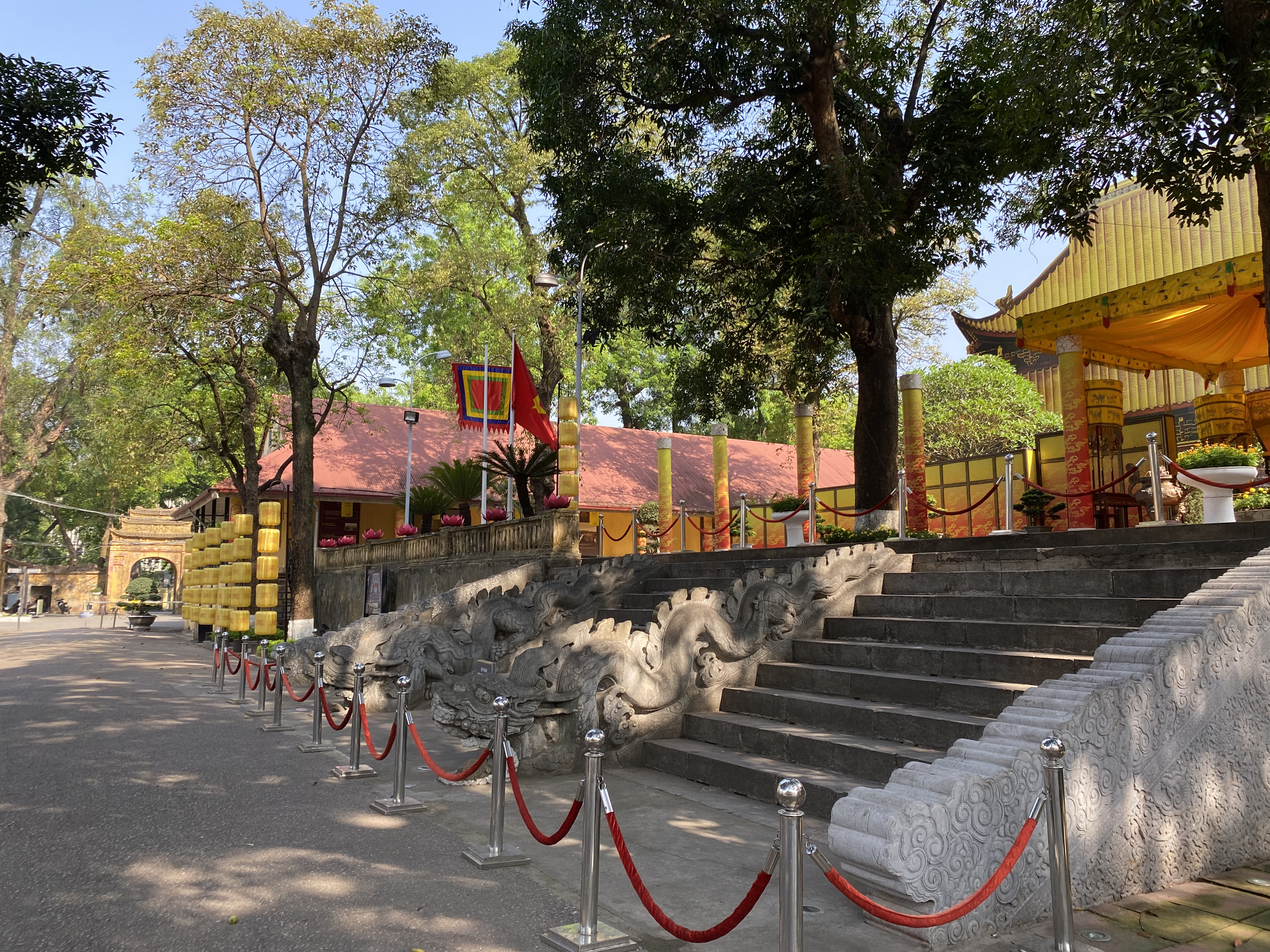
Kinh Thien Palace Stone Dragon is a unique architectural heritage art with a curving posture from the top, the dragon’s head raised high as representing the resilient and indomitable will of the Vietnamese people. The 7 segments on the body’s curved body are as soft as waves, representing Confucian standards for the dragon image. In addition, lotus flowers and other motifs also represent Buddhist thought. The size, structure and decorative patterns of the rattan-carved ramparts are not encountered or repeated in other relics and relics of the same type.
On December 31, 2020, Kinh Thien Palace was recognized by the Prime Minister as a National Treasure of the 9th phase according to Decision No. 2283/QD-TTg.
Dragon head of Tran Dynasty
The dragon head of the Tran dynasty is the original artifact, a round statue, 60cm high, the widest point of the dimension from the mouth to the mane on the back of the neck is 52cm and the width of the mane is 17cm. The dragon’s head is an important part of the decorative collection on the roof of traditional architecture in general and architecture of the Ly and Tran dynasties in particular. Over time, the dragon head statue decorated on the roof of the architecture has many changes in both shape, structure and symbolic meaning.
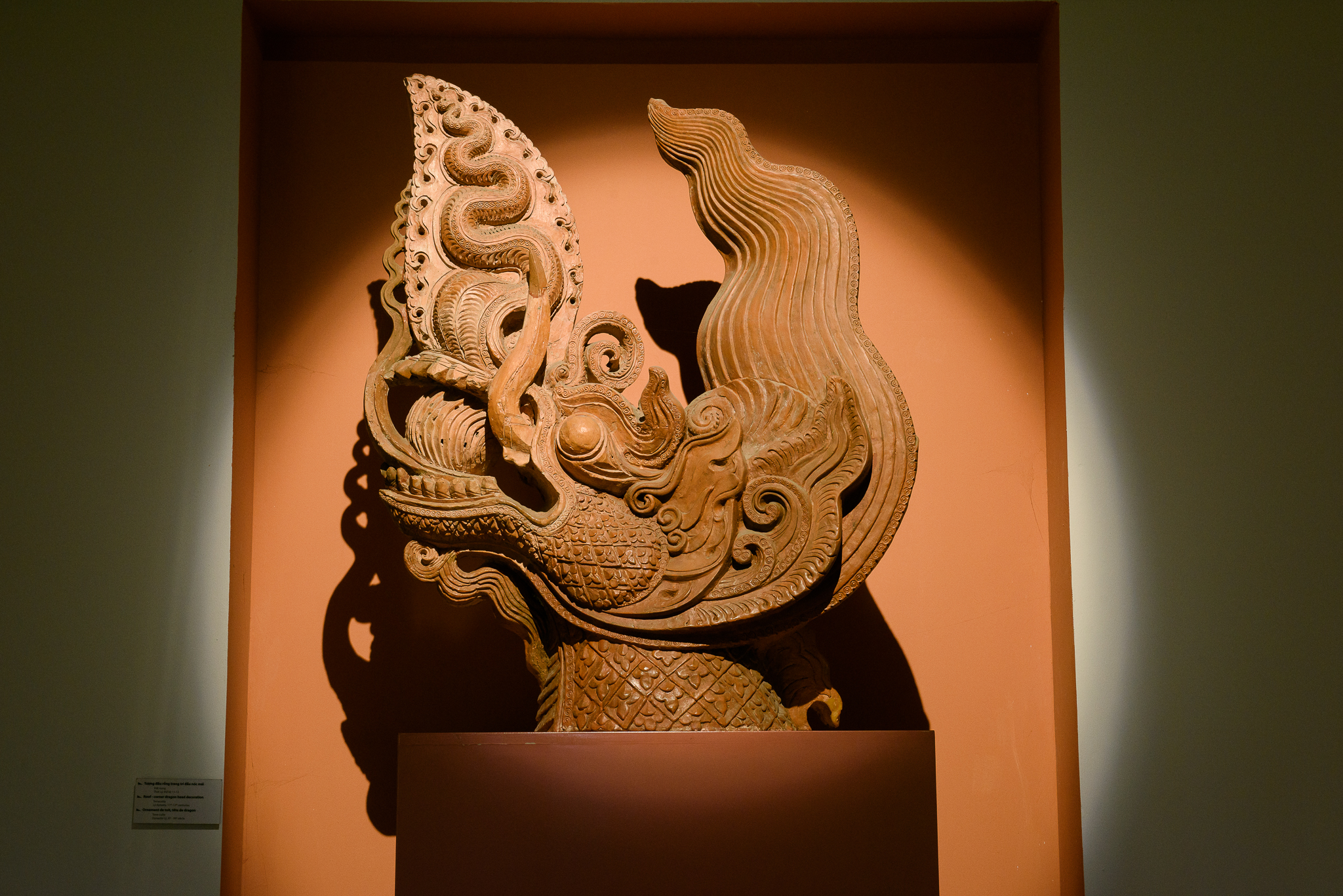
In the 11th National Treasure recognition phase announced by the Government in Decision No. 41/QD-TTg dated January 30, 2023, Thang Long Imperial Citadel has 4 out of 27 artifacts of the whole country, including: Dragon head of the Tran Dynasty, a collection of blue-flowered ceramic bowls and dishes used in the Le Dynasty, the Kinh Thien citadel of the Le Trung Hung Dynasty and the cannons of the Le Trung Hung period.
Collecting blue-flowered ceramic bowls and plates used in the early Le Dynast
The set of ceramic bowls and plates is a unique artifact with special historical and cultural value associated with the archaeological relic of the Imperial Citadel of Thang Long 18 Hoang Dieu in the World Cultural Heritage Area Central area of Thang Long Imperial Citadel. Long – Hanoi. These are the royal ceramic bowls and plates (the king’s utensils), with high-level blue-glaze ceramic processing techniques, high firing temperatures, single firing, meticulous and sophisticated patterns showing the level of skill. and the aesthetic mind of a talented potter.
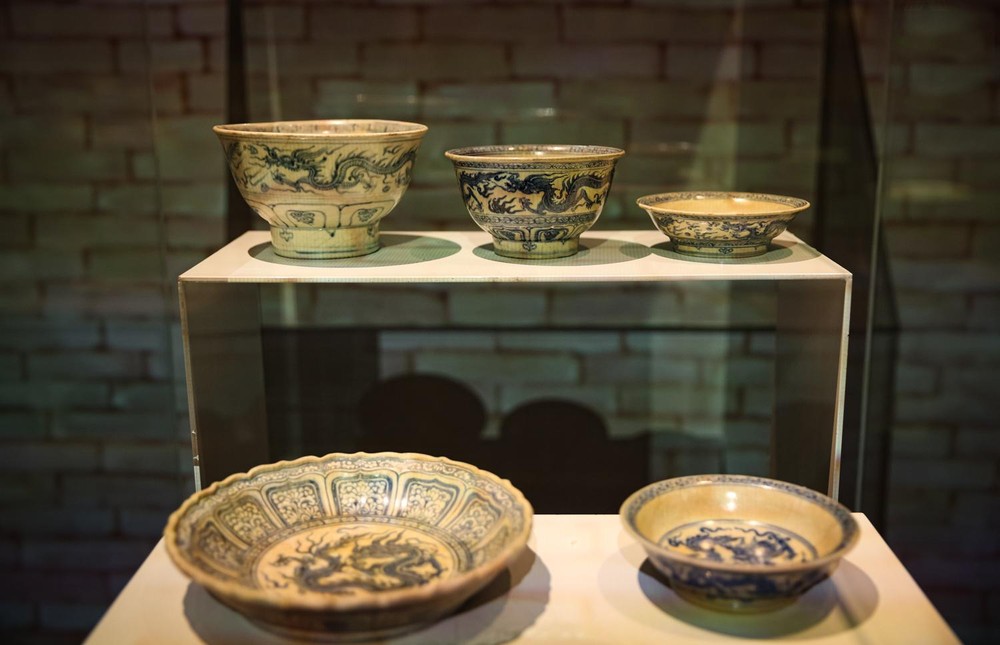
Cannons of the Le Trung Hung
The Cannon Gun is a type of cannon with a barrel used for firing and belongs to the category of hot weapons. In terms of structure, a cannon is considered complete, usually consisting of parts: barrel, ammunition and explosive compartment, detonation part, loading and discharging part, navigation and aiming parts, parts sight, and pedestal. The large guns of the ancient Vietnamese monarchies cast in the style of cannons are commonly known as cannons.
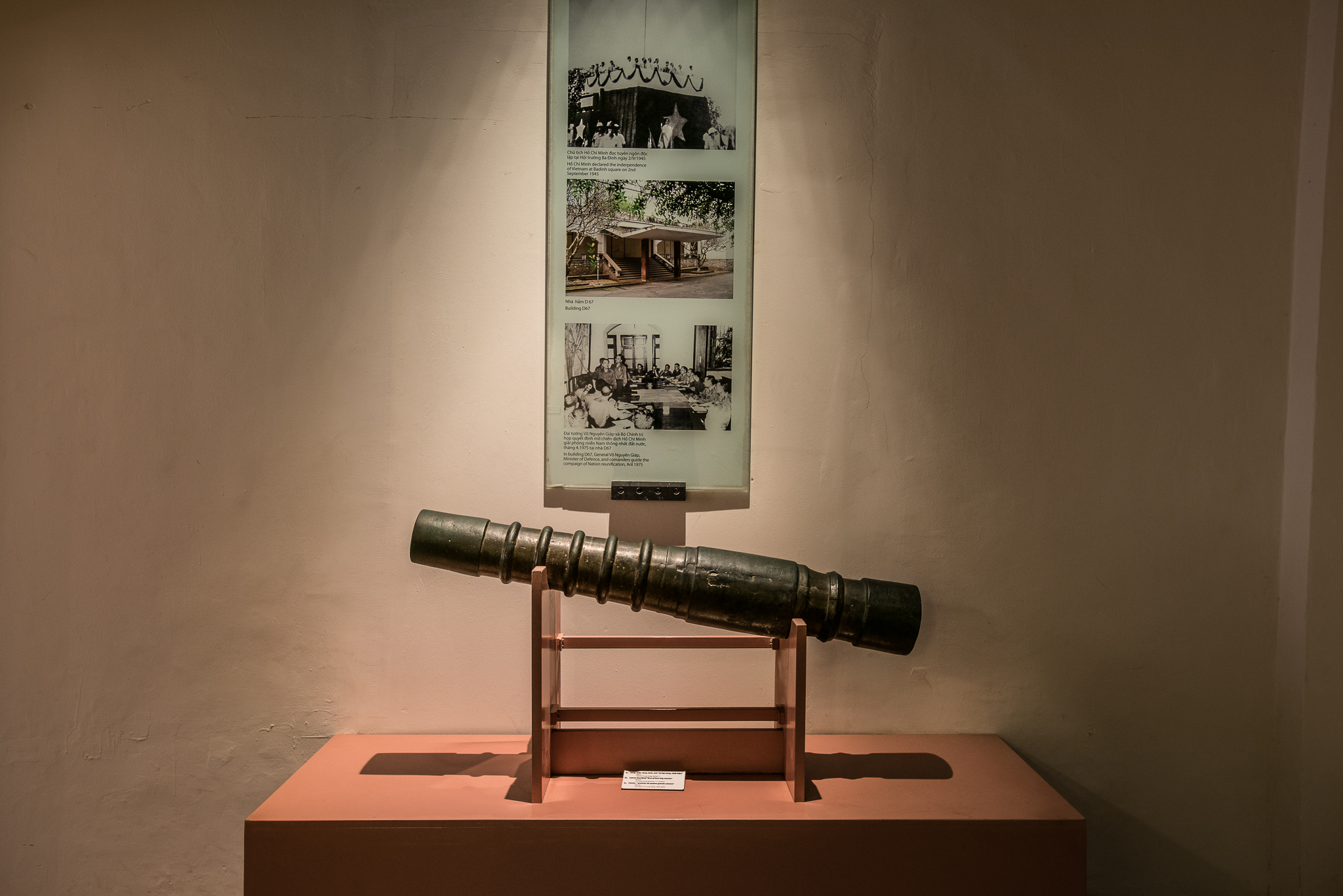
The A9-2782 cannon has a round cylinder consisting of 4 parts: gun mouth, gun body, gun bulb and gun handle. Cannons have been used in Dai Viet since the end of the Tran Dynasty, around the end of the 14th century. This gun shows the level of bronze casting, the development of Dai Viet cannon in the history of cannon.
The citadel of Kinh Thien Palace during the Le Trung Hung period
The citadel of Kinh Thien Palace, under the Le Trung Hung period, is an original and unique artifact associated with the Kinh Thien relic – a particularly important relic of the World Cultural Heritage Center of the Imperial Citadel of Thang Long – Hanoi. As a constitutive element of Kinh Thien Palace, Kinh Thien citadel in the Le Trung Hung period had a “fate” associated with the transformation of Kinh Thien Palace in history. The dragon in the stepped rampart system of the Le Trung Hung period was carved in a vertical movement from top to bottom along the steps, stylized with sophisticated patterns with a sturdy appearance that is not repeated in monuments and relics. same type.
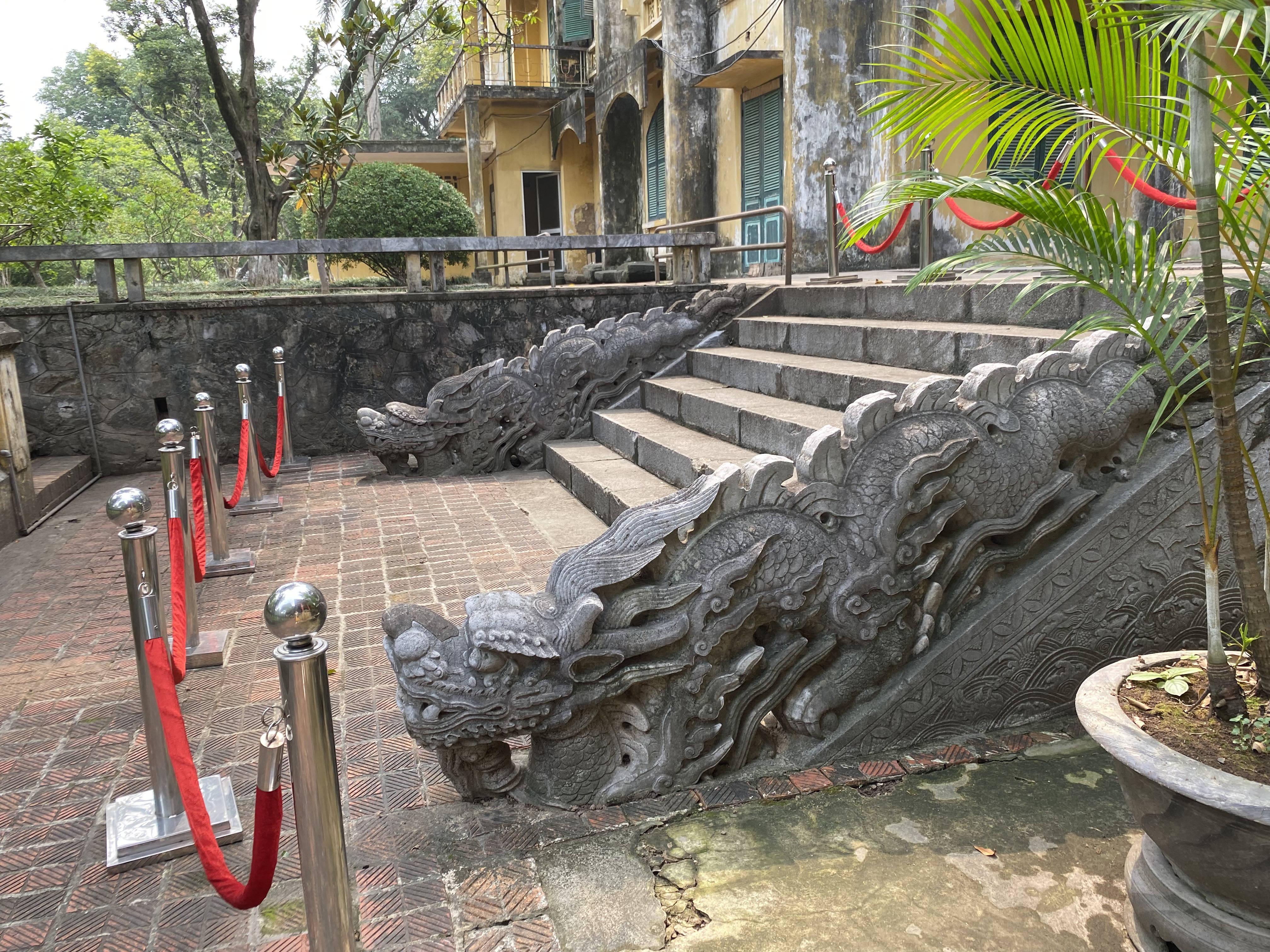
2 porcelain bowls used in the early Le dynasty
Two royal porcelain bowls – Utensils of the king and the royal family Although there is a slight difference in size, the structure, theme and decoration techniques on the 2 bowls are almost identical. The bowl has a very thin ceramic bone – “thin like an eggshell”, the transparency of the bone is very high, light can penetrate, this shows the level and technical level of ceramic production in the early Le period.
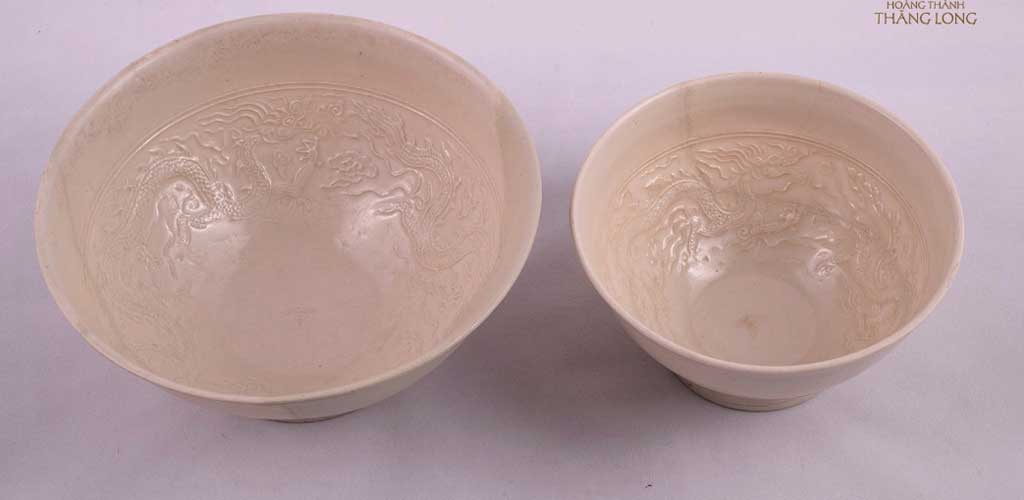
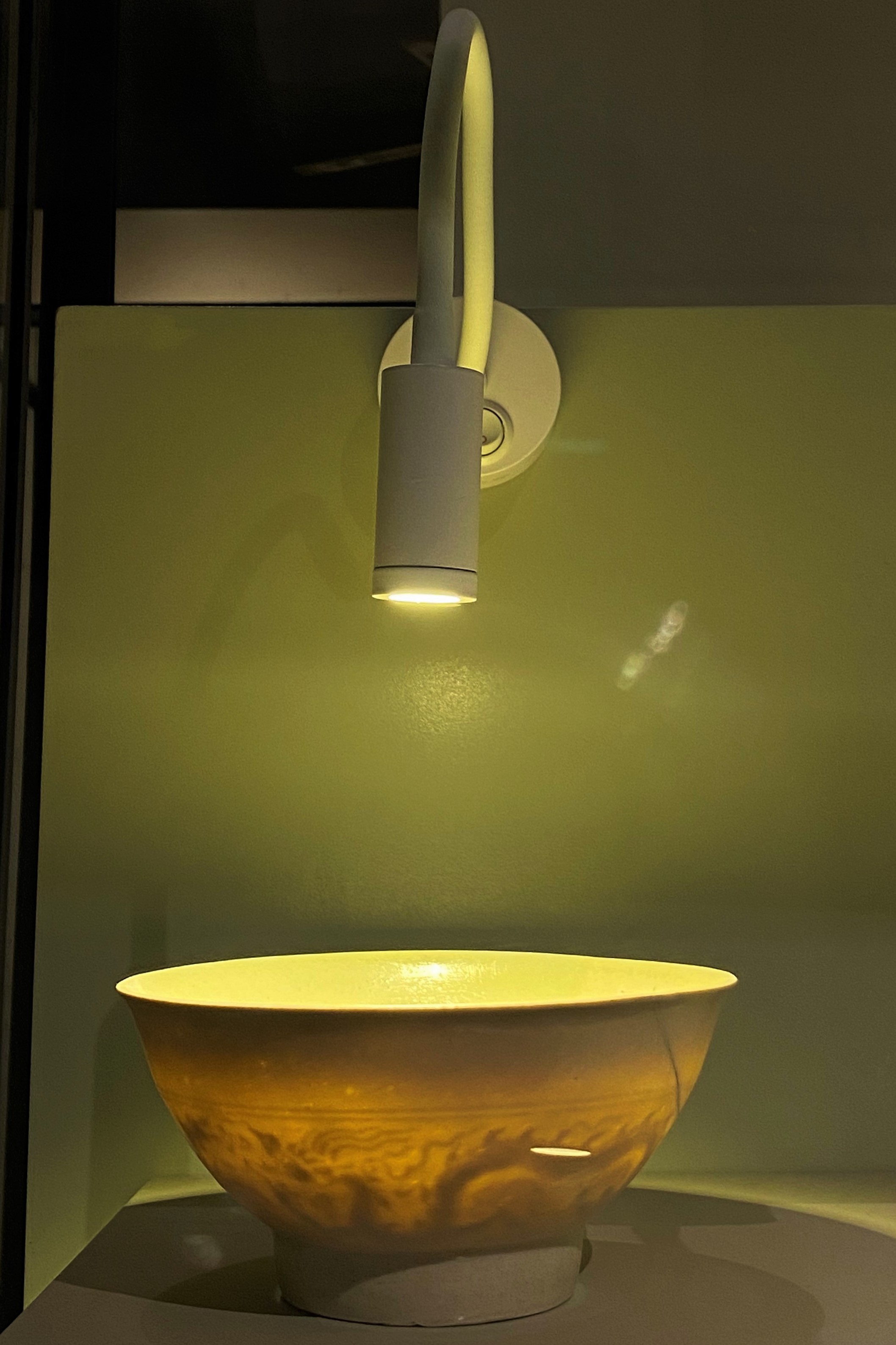
The phoenix leaf of the Imperial Citadel of Thang Long
A National Treasure recognized by the National Government in 2021. Among thousands of terracotta artifacts found in the Imperial Citadel of Thang Long (Hanoi), the phoenix leaf is a typical artifact and has been recognized by researchers. appreciate the value of culture, history, fine arts, sculpture.
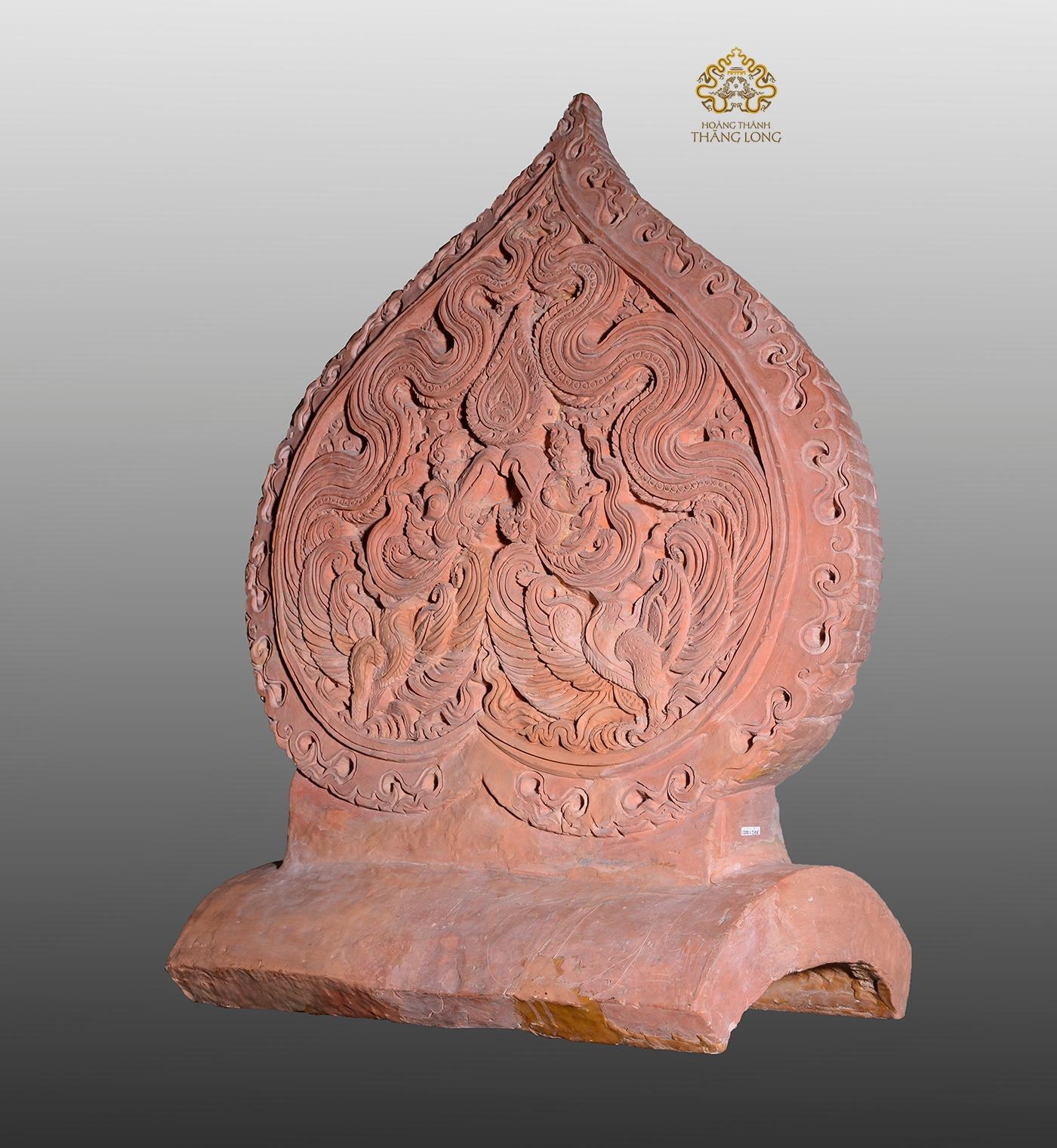
According to the document’s profile, the phoenix leaf consists of 2 parts, the body and the pedestal. The stem is shaped like the leaves of the Bodhi tree, a symbolic tree of Buddhism, decorated with two phoenixes on both sides. National Treasure The phoenix leaf is a completely handmade artifact. This is a harmonious and fine art work showing the refinement and talent of the artists of the Ly Dynasty in the 11th – 12th centuries.
Statue of An Duong Vuong
In early 2023, the statue of An Duong Vuong was approved and recognized as a national treasure. The statue is cast in copper alloy with beeswax casting technique. Empty heart statue, sitting on a pedestal, solid, cylindrical, with both hands holding a bucket with a relaxed, dignified and majestic demeanor. The king wears a two-tiered hat, decorated with “two dragons adoring the sun”. The king’s face is square with the word “fill”, in the style of portraiture, he wears a high-collared long robe, his hands are held in front of his chest, the hem of the shirt flows down to the nose, the body wears a large jade belt. late down, legs go to bow nose.
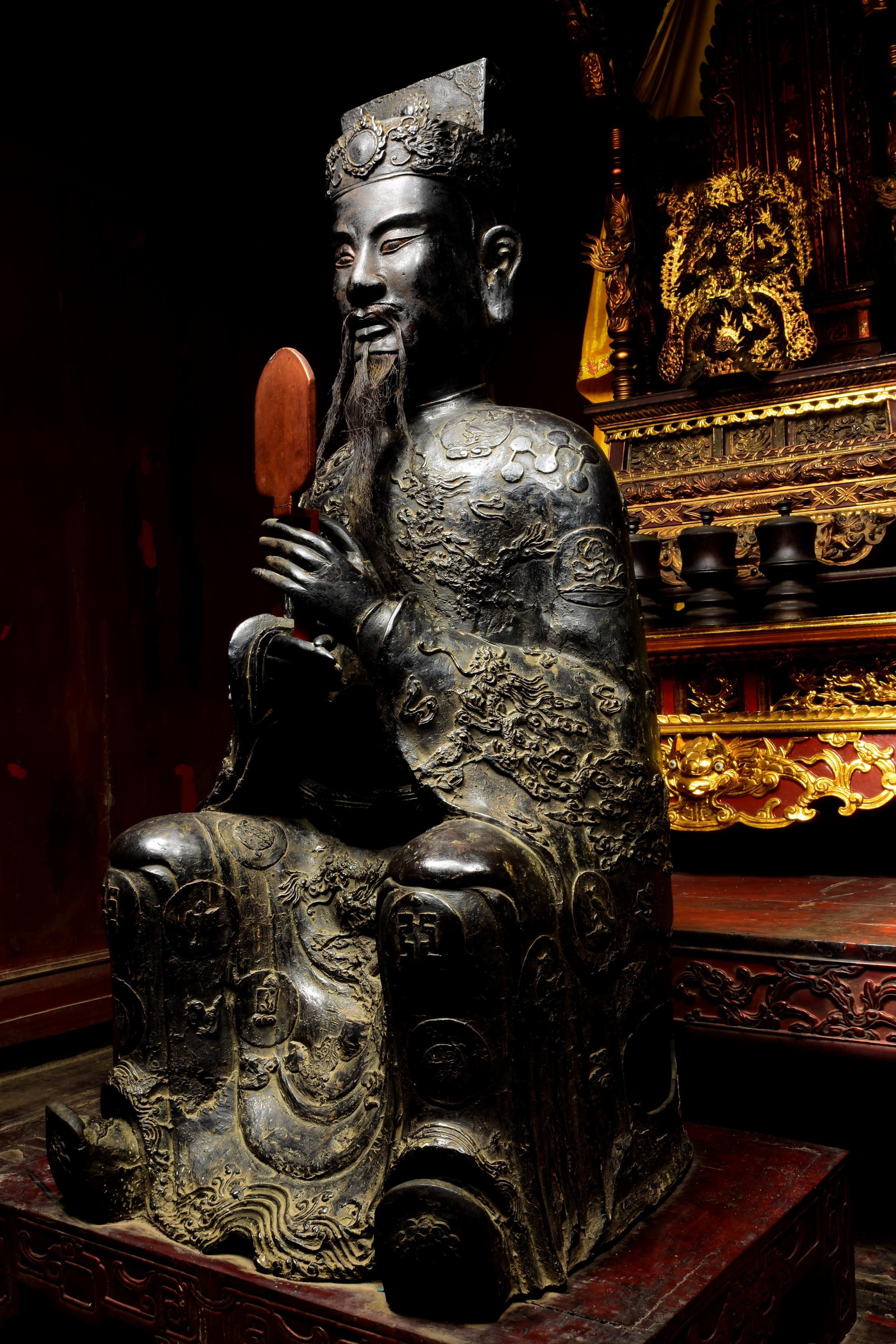
This is the only statue that has never been seen in any An Duong Vuong relic in Vietnam, an original, unique artifact with typical value in terms of history, culture and science of the nation.
RELATED ARTICLES
HERITAGES OF VIETNAM